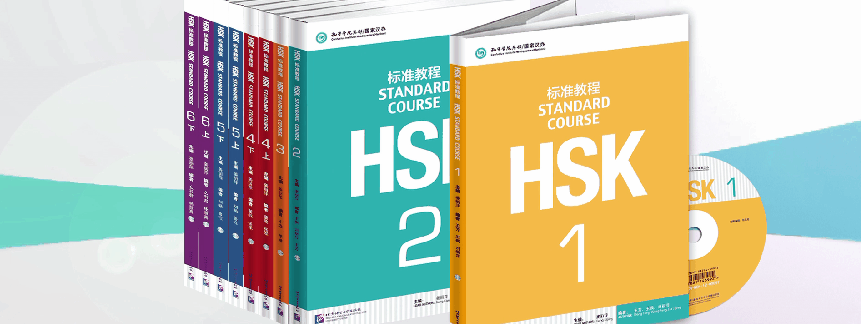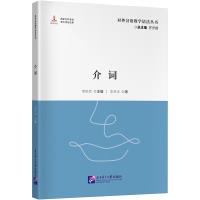Online Bookstore
- Jump High - A Systematic Chinese Course: Selected Readings of Classical Chinese (I)
- Chinese Paradise (German Edition) - Cards of Words and Expressions
- Use Tomorrow's Money to Fulfil Today's Dream
- Chinese Paradise (Spanish Edition) - Student's Book
- Online Reading (Non-downloadable): Graded Readers for Chinese Language Learners (Level 3) Historical Stories 5 The Story of Kingdom Zheng
- Online Reading (Non-downloadable): Graded Readers for Chinese Language Learners (Level 3) Historical Stories 7 The Story of Wu Zixu and Kingdom Wu
- Online Reading (Non-downloadable): Graded Readers for Chinese Language Learners (Level 3) Historical Stories 11 The Story of Kingdom Qi and Kingdom Yan
- Online Reading (Non-downloadable): Classical Chinese for Modern Usage vol.1
- Online Reading (Non-downloadable): HEasy Steps to Chinese for Kids (2nd Edition) Textbook 1
- Online Reading (Non-downloadable): Online Video for the Teaching Scenes in 360 Standard Sentences in Chinese Conversations 2
Prepositions
Author:Li Xianzhuo
- Medium:Books
- ISBN: 9787561965672
- Page Count: 252
- Size:
- Pub Date:2024-06
- The book weight: 485 g
- Annotation Language:
- Course:Non-textbook
- Target Audience(Age):
- Target Audience(Language):
- The Series: Series of Teaching Foreigners Chinese Grammar
- Subject Zone: Series of Teaching Foreigners Chinese Grammar
- Price:
-
Category: Teacher Development >Professional Knowledge
Academic Research














